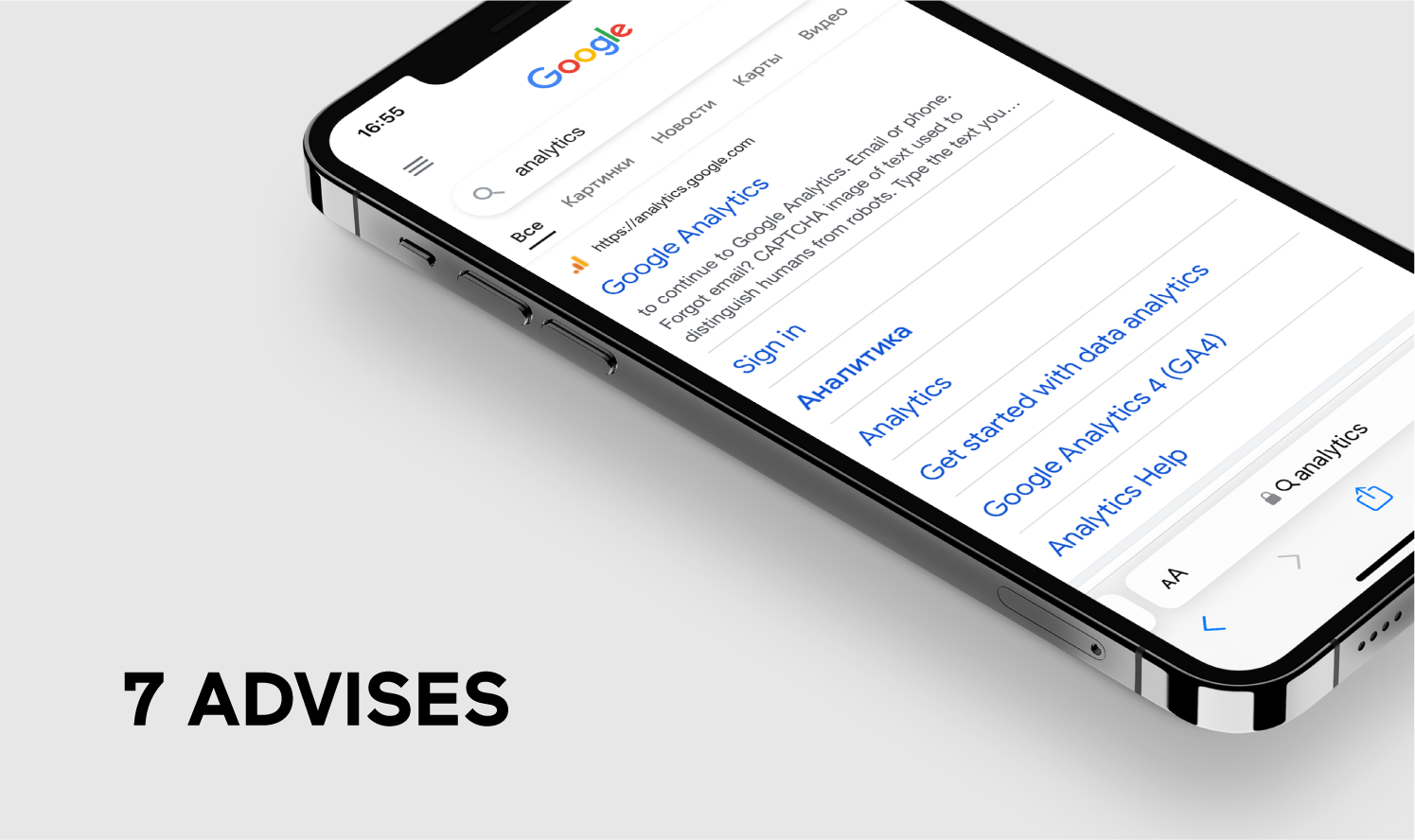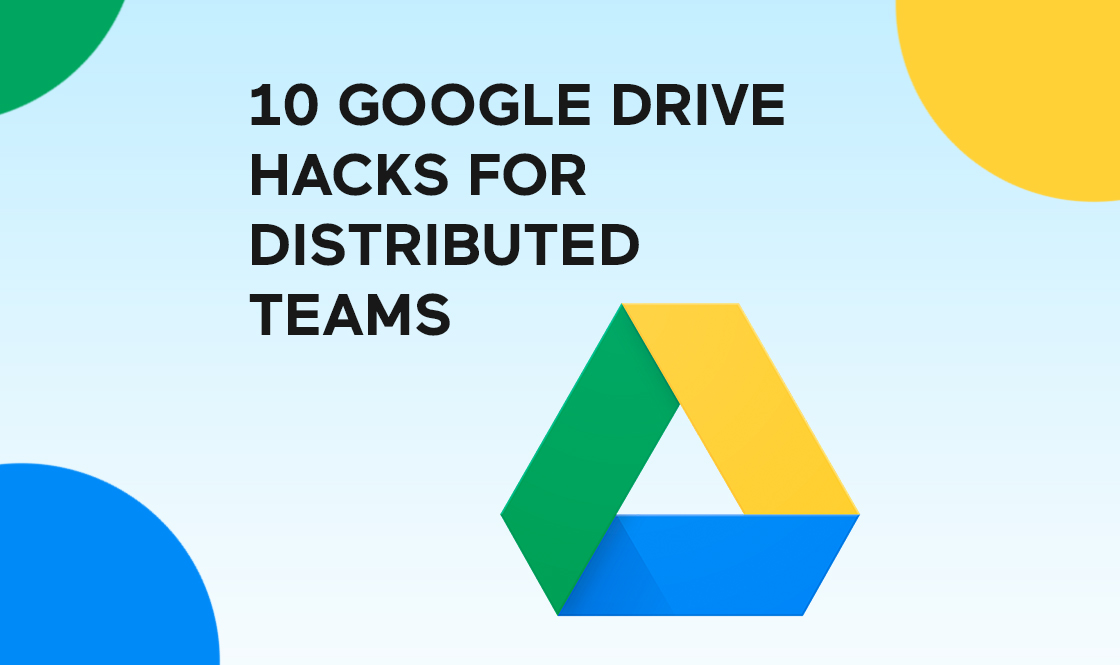The Essential Digital Marketing Guide for Businesses
Did you know that 93% of online experiences begin with a search engine? Meanwhile, 75% of searchers never scroll past the first page of SERPs (search engine results page.) An effective internet marketing strategy is becoming more and more important for online (and offline) businesses with each passing day.
If you want to get found by more prospects looking for the products or services you offer, it’s essential to rank high on relevant search engine results. That’s why SEO and SEM have become the focus for so many agencies offering internet marketing services.

What is SEO and SEM in Digital Marketing?
Even though both SEO (search engine optimization) and SEM (search engine marketing) refer to marketing activities aimed at driving traffic from search engine results, there are some differences in what they cover:
SEO
SEO is essentially a component of SEM and is the process of maximizing the number of website visitors by getting the site listed high on relevant SERPs as organic search results (i.e., not paid advertising.)
There are two key components: on-page SEO and off-page SEO, which include tactics aimed at enabling search engines to better index a website and demonstrating that the content is relevant to specific search terms so it’ll show up on the appropriate SERPs.
SEM
SEM involves the promotion of a website by increasing its visibility on SERPs through the use of SEO tactics and online advertising techniques, such as PPC ads.
Nowadays, SEM mostly refers to the use of paid search, such as cost-per-click (CPC) ads, paid search ads, paid search advertising, and social media marketing. While it’s mostly focused on paid advertising, it also encompasses SEO tactics.
The Three Essential Phases in an Effective Search Engine Internet Marketing Plan
So how do SEO and SEM work together? An effective SEM plan helps increase the number of high-quality visitors by leveraging SEO tactics to drive organic traffic while using paid advertising to increase visibility on SERPs. Here are some key components to include in an SEM plan:
Phase 1 — The Foundation (3–4 Weeks)
SEM is very much a data-driven marketing strategy, so the ability to continuously measure the effectiveness of your tactics is key to fine-tuning the strategy and improving the results. While you don’t need a lot of bells and whistles on your website to start doing SEM, you should have a few basic components in place so you can drive traffic, capture leads, and measure results:
- Google Analytics — set up a system to track where your traffic is coming from and essentially everything that takes place on your website. For example, the metrics can tell you which traffic sources are effective, what content is performing well, or which call-to-action is most effective so you can fine-tune the user experience to maximize conversion.
- Growth Dashboard — define goals, set KPIs, and measure the results of all campaigns (includes off-site data) by setting up a dashboard (e.g., spreadsheets) that the entire team can view and update in real-time.
- Social Marketing Tool — select the right tools (e.g., Hootsuite) to create a system for automating and scaling social campaigns.
- Email Service Provider — choose an email marketing platform (e.g., MailChimp), identify audience personas, segment your list, and define campaign strategy.
- Landing Pages — set up dedicated landing pages to which you’ll be driving traffic from SERPs. Work with professional designers and developers to consider all aspects of the page set up, including the UX design, visual design, copy, and tracking.
- Call-To-Action (CTA) — make sure you place appropriate CTAs throughout the website and the landing page, whether you want visitors to subscribe to your mailing list or take other actions.
- Funnel Marketing — identify customer lifecycle stages, define conversion KPIs, and ensure the campaigns are designed to progress prospects down the sales funnel effectively.
Phase 2 — Strategy & Deployment (3 Weeks, Weekly Ongoing)
After you have organized tracking and set up the necessary technologies, the next step is to develop and implement an SEM strategy. Here are the various components you should address in this phase:
- Content Marketing Strategy — define buyer personas, create a content map, identify the distribution channels, design a content calendar, set goals, and determine the associated KPIs. Start testing, track results, and refine your strategy.
- Email Marketing Campaigns — create an email campaign calendar to support your marketing and content strategy. Then set up automation and test the different elements such as segmentation, send time, subject line, CTA, etc.
- Social Media Campaigns — queue up social media posts as repeatable campaigns so you can distribute content and offers at scale. Again, make sure you’re tracking the right metrics to help fine-tune the strategy.
- Landing Page A/B Testing — send traffic to landing pages to test how different design and copy impact users’ interaction with the content so you can optimize for conversions.
Phase 3 — Optimization & Scale — (1 Week, Weekly Ongoing)
After the campaigns are running and you’re analyzing metrics to see what’s working and what needs improvement, you can now increase the ROI of your marketing budget by doubling down on what works.
- A/B Testing — continue testing variations for your email campaigns and landing pages to optimize subject lines, CTAs, design, copy, etc.
- Use Paid Post and Ads — identify what’s working best and use PPC ads (e.g., Google Ads, paid post on social media) to promote the content or offers and drive more traffic to the landing pages.
- Ongoing Campaign Management — review metrics and fine-tune the tactics on a weekly basis to make sure the campaigns are optimized to drive traffic and conversions.
Final Thoughts
In today’s competitive market, attracting high-quality leads to your site is key to increasing conversions and profits — and a well-designed SEM plan can help you do just that to maximize the ROI for your marketing budget.
Getting top rankings on SERPs is now more challenging than ever as every business is implementing some level of SEO and SEM. To cut through the clutter and get the results you want, work with a professional team of strategists, UX experts, designers, copywriters, and developers to ensure that everything is dialed-in for your campaigns.



